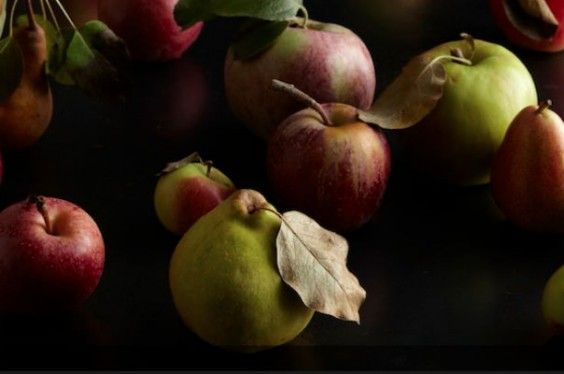“Four Seasons” conjures up images of Michelin-starred restaurants and white tablecloths, expense accounts, and the kind of food most people eat once a year (if that). But Four Seasons is trying to focus on local, accessible, and healthier food front and center with the launch of Taste, a new online hub for the hotel chain’s armada of more than 350 restaurants around the globe.
Why the heck do they care? Four Seasons, one of the most famous luxury hotel lines around, has a rep for fine dining — not so much for approachability or farm-to-table eating. Why flip the script on the brand’s image? If Taste is any indication, Four Seasons is trying to win over the other 99 percent, the ones who care about what they eat as much as who’s cooking it.
A Look Inside Taste
Taste is a website launched to highlight the chefs and ingredients being served up at Four Seasons restaurants around the world. The site is media-heavy with lots of recipes and tips from the chain’s roster of talent. It’s only a week or so old, but the planning goes back a long way when executives at the Four Seasons called in their cadre of top chefs to bounce around ideas. Taste is broken down into three main parts:
- 1 Ingredient, 3 Ways: Chefs like to compete. No wait, chefs love to compete. This section takes one seasonal ingredient and asks three Four Seasons chefs to submit a killer recipe. Users can then scan the dishes and vote on their favoritesor learn how to make them, earning the winning chef bragging rights. The ingredients rotate with the seasons and users can even submit their own suggestions.
- Chef Moments: This section focuses on life in the kitchen with tips on holiday cocktails, entertaining large groups, or even suggestions on crowd-pleasing, family-tested Ramadan dishes.
- News and Events: The rest of the site is devoted to general news and updates about upcoming events at Four Seasons hotels. Fortunately these elements take a back seat to the chefs’ tips and recipes for local ingredients.
Why It Matters
“For this to be a business, we need full restaurants, we need the local community. We’re starting to think of them as restaurants before hotels,” says Guy Rigby, VP of Food and Beverage for Four Seasons in America. He, along with Gianluca Sparacino (Corporate Director of Food and Beverage, Europe) and Brett Patterson (Asia and the Pacific) have tried to reinvent the chain’s restaurants to be a little friendlier. “We’re trying to bring the price point down to it’s more approachable,” Rigby says.
The company has it’s chefs on board with this new focus, too. “In Saint Petersburg, we’re trying to showcase what’s local,” says Andrea Accordi, Executive Chef at Four Seasons Saint Petersburg. “It’s a great thing to show what we do.”
John Johnson, Executive Chef at Four Seasons New York, helped give feedback through Taste’s development, but jumped at the chance to test himself. “The [executives] asked all of us what we thought, as soon as we saw the voting thing — chefs can be competitive — we all signed up.”
Is It Worth It?
In order for there to be serious change in the way we consume and source our food, large and trusted brands like the Four Seasons will need to show leadership by featuring local ingredients and healthier ways of eating. Clearly, Taste is a learning process — the voting system promotes conversation, but the recipes themselves are still either astronomically long or full of ingredients the everyday cook is unlikely to hunt down. One recipe (Apple and Lobster Carpaccio) calls for krispy kunafa threads while another (Venison in Apple Leaves) literally has 37 different ingredients.
It’s clear Taste is on the right path, but Four Seasons hasn’t quite hit the sweet spot in terms of “food porn” or practicality. It’s nice to gape at beautiful dishes, but real change will come when the barriers to entry are a little lower… or at least lower than “37.” It’s a beautiful site with a good heart and mission, even if it hasn’t really figured out how to serve the rest of us.
Take a look at Taste and let us know what you think. Smart marketing ploy, or step in the right direction? Sound off in the comments or tweet the author at @zsniderman.

